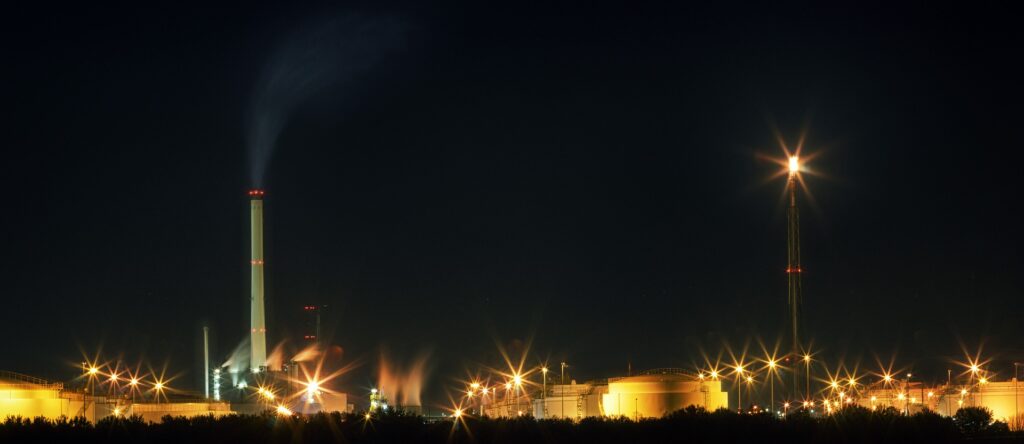Anyone who follows energy prices knows first-hand how volatile natural gas prices can be. Since March 2016, prices have fluctuated from a low of $1.639/MMBtu on 3/3/16 to a high of $3.93/MMBtu on 12/28/16, a swing of $2.291 or 140% from low to high. But why exactly does the price of natural gas move up and down so frequently?
The short answer is that natural gas price fluctuations are a function of market supply and demand. The alternatives to natural gas are limited, particularly in the short-term. This means that any change in the supply or demand for natural gas, even over short periods, can result in significant price changes.
Supply-side factors
As a non-renewable energy source, the price of natural gas is determined primarily by supply levels. If supply is restricted for whatever reason (while demand remains the same), prices will increase. If there is a surplus in supply and plenty of natural gas in storage (again, while demand remains constant), prices may decrease. The supply of natural gas can change for the following reasons:
- US natural gas production. Nearly all of the natural gas we consume comes from domestic sources. In the last decade, natural gas production has increased dramatically thanks to more efficient and cost-effective drilling techniques and the shale revolution.
- US oil production. Additionally, as domestic oil drilling increases, “associated gas” increases as well (i.e. gas that comes up with oil).
- Underground storage levels. When demand is weak, excess gas produced or imported is stored in underground storage fields. If storage levels are high when demand increases, stored gas can meet demand and help to keep prices stable.
Demand-side factors
There is only so much natural gas available. That means changes to demand levels will affect price, too. If demand increases, suppliers can increase the price. On the other hand, should demand decrease, prices may fall, too. The demand for natural gas can fluctuate due to:
- The weather. The colder it is, the more people switch on their heating. When it’s hotter, however, the demand for air conditioning and other forms of cooling increases which also increases the demand for natural gas as power plants need more fuel.
- LNG Exports. Liquefied natural gas (LNG) exports are expected to increase through 2021. The Sabine Pass facility and 4 additional export facilities will be operational by 2021, with an export capacity of 9.2 bcf per day (for reference, total daily demand in US is about 70 bcf/d).
- Exports to Mexico. Exports to Mexico have doubled since 2009 and are expected to increase through 2020 as additional pipelines come online.
- Economic conditions. The strength of the economy has a significant impact on natural gas prices. When there is economic growth, increased demand from consumers and manufacturers can lead to price rises and even higher production levels. Naturally, weak economies and recessions will have the opposite effect and can cause lower prices.
- Alternative fuel prices. The cost of other fuel alternatives, specifically coal and petroleum, can impact demand levels for natural gas. If the price of alternative fuels spike, demand for natural gas, which will be comparatively cheaper, can increase. If the price of fuel alternatives fall, however, then consumers may switch to cheaper alternatives and the demand for natural gas will decrease.
The price of natural gas is a major factor in electricity power pricing due to increased reliance on natural gas-fired generators, rather than nuclear, coal, and oil-powered alternatives. As a result, we keep an eye on the natural gas price fluctuations in the market in order to provide our clients with insight into forward power pricing.
To learn more about how you can manage forward power pricing, secure the best energy prices, and implement procurement strategies that maximize ROI, contact us or schedule a demo of our watchwire utility data management platform.
 Top Sustainability Trends to Watch in 2025
Top Sustainability Trends to Watch in 2025

 Log In
Log In








